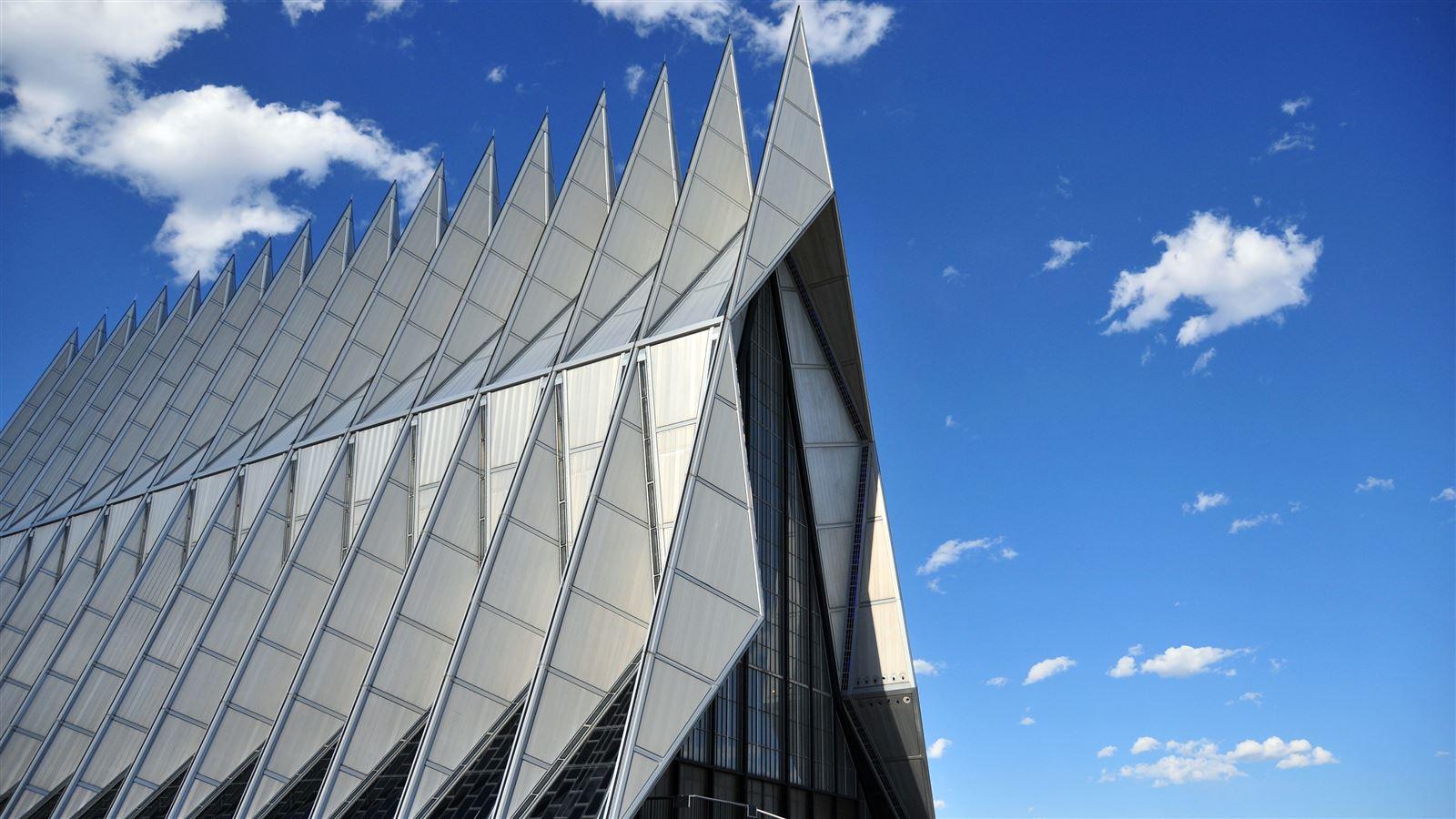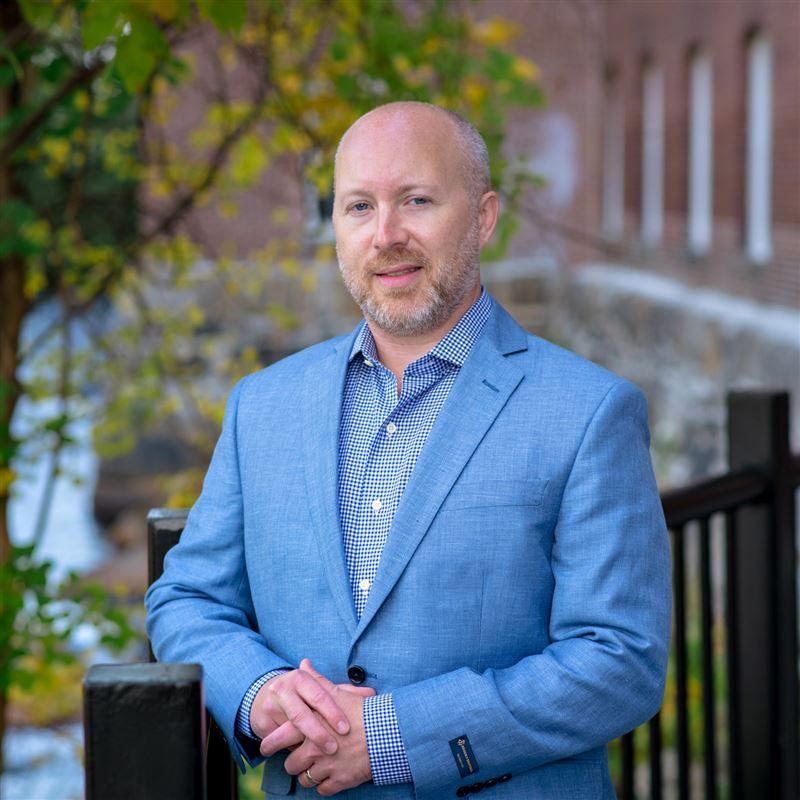Pilot Project Converts Food Waste into Bio-methane Fuel
Each year, Americans discard more than 34 million tons of highly biodegradable municipal food waste, much of which they dispose in landfills. Recently, environmental engineers have been asking whether there may be a way to extract energy and minimize methane-rich greenhouse gas (GHG)-emissions from this waste. Methane-rich biogas, a byproduct of digested food waste, can be purified into vehicle fuel called bio-methane, which, in turn, yields GHG offsets. The discovery of a dormant well of energy waiting to be harvested might have inspired a gold rush for bio-methane, had the extraction process not proven to be so complex. CDM Smith, the Water Environment Research Foundation (WERF), and the Department of Defense Environmental Security Technology Certification Program (ESTCP) want to make that process simpler.
As part of a pilot study, CDM Smith and its partners set out to determine whether it was possible to cost-effectively digest food waste and purify the generated biogas, while minimizing energy use. Project engineers and scientists hoped to discover the potential of this untapped resource and provide baseline knowledge of biogas recovery and purification.
At its Bellevue, Washington Research and Testing Laboratory, CDM Smith built model anaerobic digesters to study the effects of food waste on anaerobic digestion at water reclamation facilities. While scientists had proven anaerobic digestion to be capable of food waste digestion, there was a limited understanding of how different types and amounts of food waste would affect the process as a whole. Specifically, CDM Smith wanted to know how anaerobic digestion might affect the amount of biogas that could be produced from a given organic waste, the maximum organic loading rate, and how much fats, oils, and grease could be included while preserving a stable digester operation.
Working with WERF and ESTCP, CDM Smith compiled the initial lab results and moved on to pilot the findings with the confidence that anaerobic digestion was indeed a viable process for managing food waste. With this established, the next stop was the United States Air Force Academy for field testing.
CDM Smith and its partners set out to determine whether it was possible to cost-effectively digest food waste and purify the generated biogas....
The Academy’s Mitchell Hall is one of the most advanced and largest dining halls in the world. On a typical day, the staff at the 1.7-acre cafeteria in Colorado Springs serve breakfast, lunch, and dinner to more than 4,500 hungry cadets. After each meal of the day, food waste travels from the kitchen through a commercial scale food disposer, and eventually winds up in a landfill. Once disposed, it’s fair to say that the cadets and staff never give a second thought to its final destination. However, for the team analyzing biogas recovery, there was nothing more important.
After completing the lab testing phase, the biogas team selected the Colorado Springs dining hall as its proving grounds because of the high volume of food waste produced around the clock. Two 500-gallon anaerobic digesters were installed—along with their own gas treatment, storage, and analysis equipment—and were monitored for nearly a year.With the pilot phase concluded, the results were clear. The innovative biogas purification system had worked. The pilot-scale unit converted more than 70 percent of the food waste energy content into bio-methane containing more than 90 percent methane, a sufficiently pure ratio to allow for conversion to vehicle fuel. In addition, the process was found to reduce greenhouse gas emissions when compared to traditional landfilling.
Taken together, all the results pointed to a resounding success. The project demonstrated that anaerobic digestion of food waste could be cost-effective and technologically feasible.
Did You Know?
This project was funded by the Department of Defense Environmental Security Technology Certification Program (ESTCP) and the Water Environment Research Foundation (WERF).













